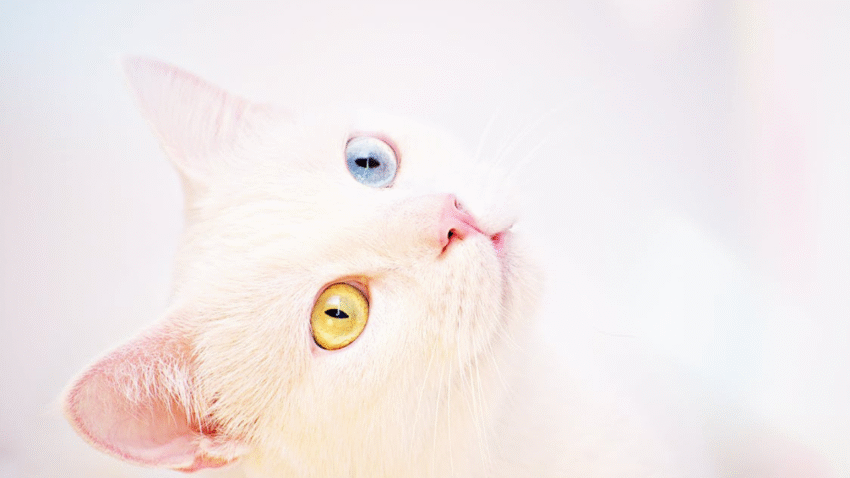Introduction
Bathing your cat can be a challenge—but drying them afterward can be even trickier. If you’ve ever struggled with a soaking-wet, panicked kitty post-bath, this article is for you. In this step-by-step guide, you’ll learn how to dry your cat quickly after a bath, ensuring their comfort, health, and safety.
Why Drying Your Cat Properly Matters
Drying your cat properly after a bath is just as important as the bath itself. Cats have a lower tolerance for wet fur compared to dogs, and remaining damp can lead to health problems such as chills, skin irritation, or fungal infections. Thorough but gentle drying also helps calm your cat and reinforces positive bathing experiences.
Proper drying is especially vital for:
- Long-haired cats that can easily develop matting.
- Senior cats or those with weakened immune systems.
- Kittens who are more prone to cold stress.
- Indoor cats, since they don’t regulate temperature as well as outdoor cats.
Step-by-Step Guide to Drying Your Cat After a Bath
Step 1: Prepare a Warm, Quiet Space
- Before the bath begins, set up a drying station: a quiet room with a closed door, a towel on the floor, and another clean, dry towel or two on standby.
- Keep the space warm (around 75–78°F or 24–26°C) to prevent your cat from catching a chill.
Step 2: Wrap Immediately in a Towel
- After rinsing off all shampoo, gently lift your cat from the water and immediately wrap them in a thick, absorbent towel.
- Hold them securely but gently. Cats feel safer when swaddled, and this reduces panicked movements.
Step 3: Blot, Don’t Rub
- Use the towel to blot the fur, especially around the belly, legs, and neck.
- Avoid vigorous rubbing, as this can tangle long fur and irritate the skin.
Step 4: Swap to a Dry Towel
- Once the first towel is damp, switch to a second dry towel and continue blotting.
- You may need two or three towels for long-haired or thick-coated cats.
Step 5: Use a Pet Dryer (Optional)
- If your cat tolerates noise, you can use a pet-safe dryer on the lowest heat and airflow setting.
- Hold the dryer at least 12 inches from your cat’s body and keep it moving constantly to prevent overheating.
- Always avoid the face, ears, and sensitive areas.
Step 6: Comb Through the Fur
- For long-haired cats, use a wide-tooth comb while drying to prevent tangles and help the coat dry evenly.
- This also helps you check for any mats or debris you may have missed.
Step 7: Let Them Finish Drying Naturally
- Once your cat is about 80% dry, let them finish drying on their own.
- Provide a warm blanket or heated pad in a cozy spot to encourage them to stay warm while they groom the rest of the moisture out of their fur.
Common Mistakes to Avoid
1. Skipping the Pre-Drying Setup
Not preparing towels and a warm space in advance causes delays—and a soaking wet cat can become anxious and cold quickly.
2. Using a Human Hair Dryer
Regular hair dryers often get too hot and too loud for cats. Always use a pet-specific dryer or skip it entirely if your cat shows signs of fear.
3. Rubbing the Fur
Rubbing can cause tangling or skin irritation, especially in cats with delicate or long coats. Stick with gentle blotting instead.
4. Not Checking for Moisture in Hidden Spots
Spots like under the legs, chest, or around the ears often stay damp. These areas must be dried thoroughly to prevent infections or chills.
5. Rushing the Process
Trying to dry your cat too quickly can backfire. A calm approach builds trust and keeps your cat more cooperative for future baths.
Extra Tips & Recommendations
Tip 1: Use Microfiber Towels
Microfiber towels are more absorbent than regular cotton towels, making them ideal for fast drying. Keep a few in your pet care kit.
Tip 2: Offer a Treat Post-Drying
Rewarding your cat with their favorite treat or a warm cuddle after the bath and drying session helps associate the experience with something positive.
Tip 3: Practice Towel Familiarization
If your cat hates being toweled, practice swaddling them gently for a few minutes each day when they’re calm. Over time, this can desensitize them to being dried after future baths.
Conclusion
Drying your cat quickly and properly after a bath is key to keeping them healthy and stress-free. By using the right technique—blotting, swapping towels, and keeping your cat warm—you’ll make post-bath time smoother and safer for both of you. With a little patience and preparation, you can turn a wet ordeal into a routine part of caring for your feline friend.
